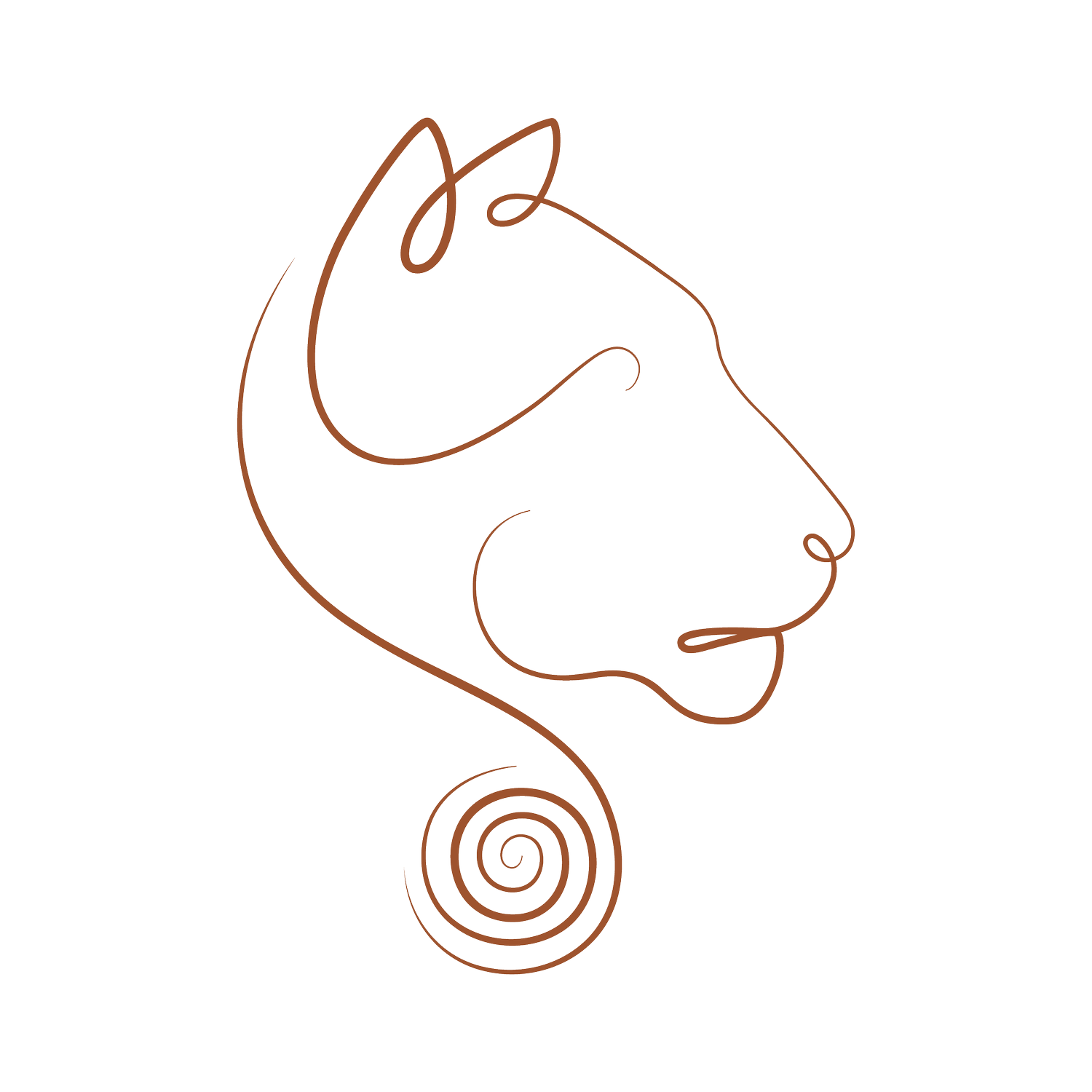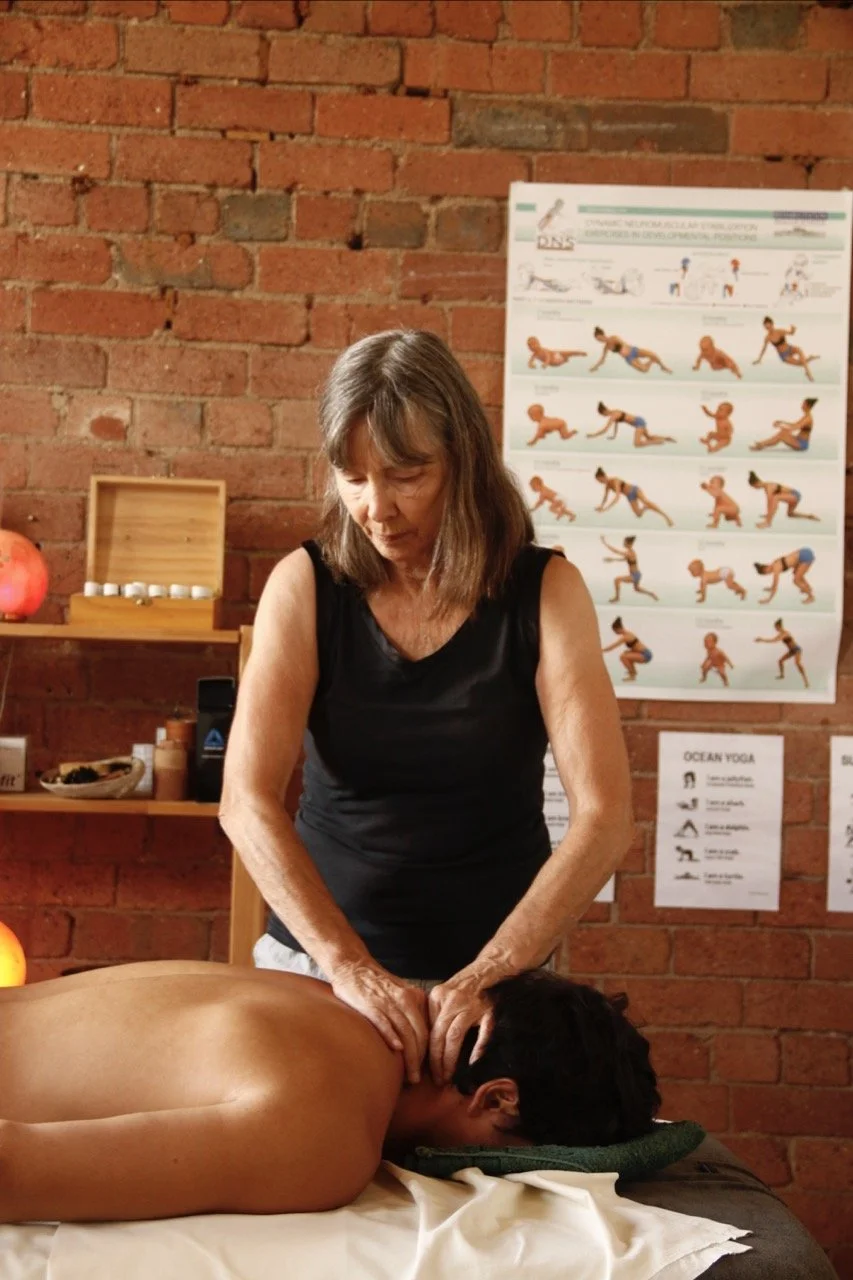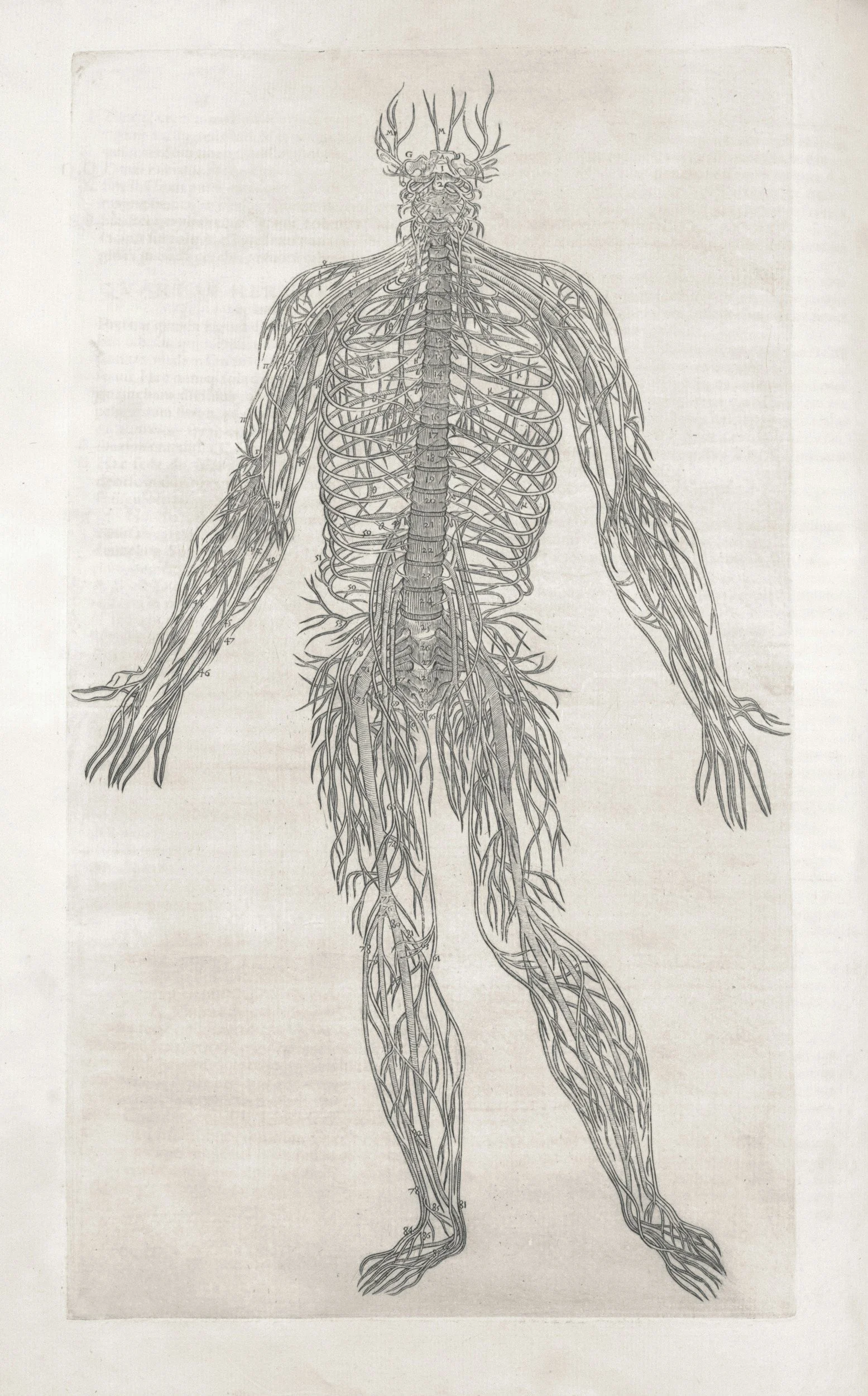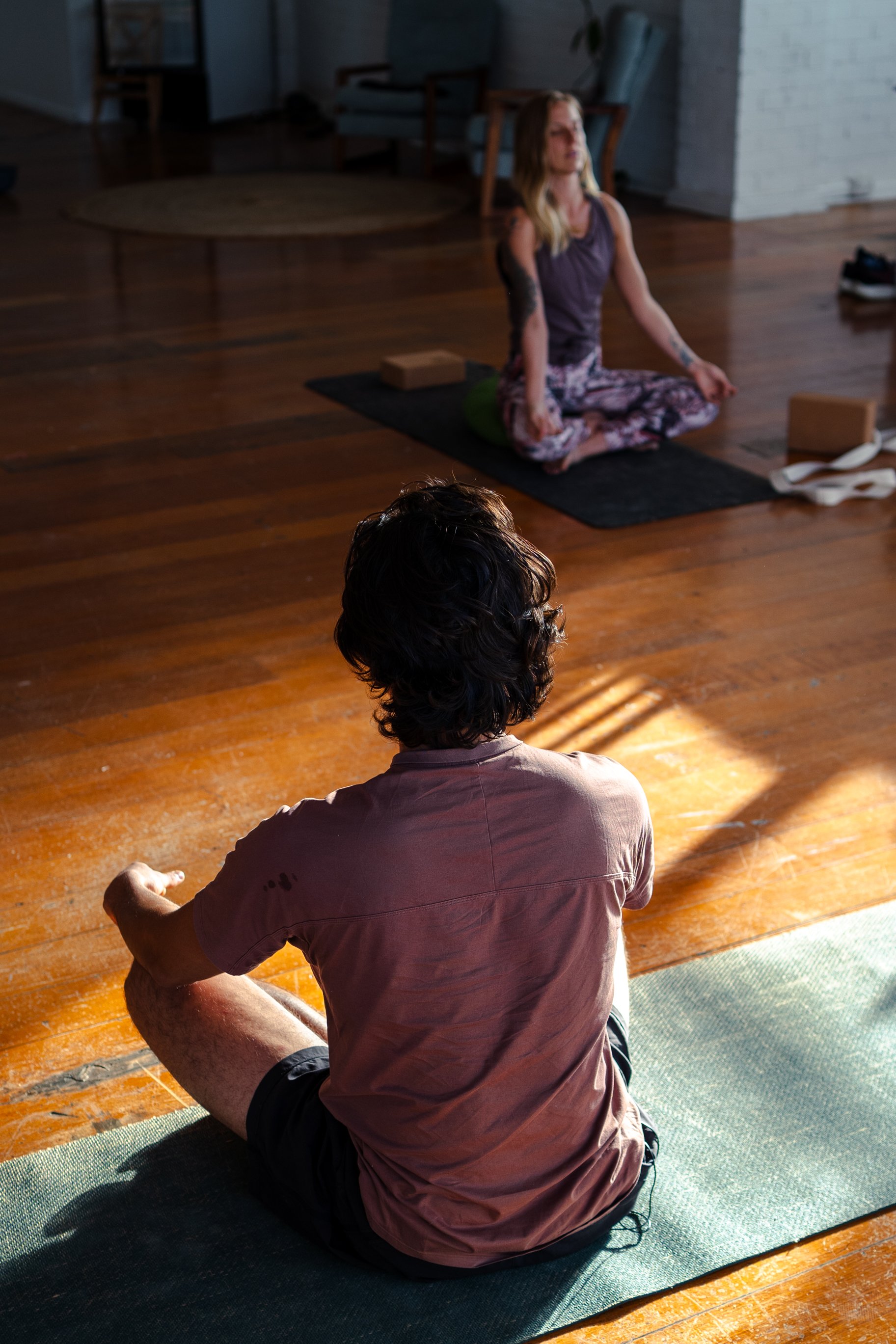Fascinating Fascia
The role fascia plays in your health & wellbeing
This part of your body has long been ignored, neglected and ultimately underrated. New research shows the impressive part fasciae - which was for a long time called connective tissue - plays in your well being and health.
Fascia & The Nervous System
The fascia in your body contains approximately 6 times as many sensory nerves than its red muscular counterpart. This makes the fascia the most sensory part of your body.
It contains four types of nerve endings that respond to mechanical tension or pressure.
Anatomists in medieval times discovered the two mechanical of the overall four functions of fascia but considered them to be a byproduct of dead material. These early scientists compared the fascia to hair and nails.
Through research we know that Fascia is a very “lively” tissue. It covers every organ and is crucial for the primary metabolism. It is now acknowledged as its own organ through which we experience our body. In fact, fascia is an even bigger organ than our skin. It constantly sends signals to our brain.
The physiological functions of fascia - supply and communication - have been discovered in the late 19th century. Water plays a key role for these aspects, it constitutes around 68 per cent of the volume of fascial tissue.
The Functions of Fascia
1. Shape
Fascia covers, protects, buffers, supports and gives structure
2. Movement
Storage and transmission of power, holding tension, stretching
3. Supply
Metabolism, fluid flow, supply of nutrients
4. Communication
Reception and transmission of information and stimuli
Effect of Modern Lifestyles
To do their brilliant work fasciae needs movement and our modern way prohibits this. We spend way too much time sitting at desks or staring at screens. On average we only use 10% of our available joint range. This leads to under nourished fibres that send less and less signals to the brain, muscles and fascia adapt to this position, they become rigid and eventually can’t perform anymore. Which usually postulates itself in restricted movements and pain.
If any of this rings true for you, I can tailor treatments, exercises and stretches to help with your fascial health.
- Uschi Staedel Schneider
References
Schleip, Robert: ‘Fascia as a sensory organ: clinical applications’ in Terra Rosa E-mag No. 20
Schleip, Robert: ‘A Journey in Fascia Wonderland with Robert Schleip: Bridging the Gap Between Clinicians and Scientist’, march, 2014 journal, S.6-9
Schleip, Robert und Bayer, Johanna ‘Faszien Fitness’ 2016, Riva Verlag, Muenchen









